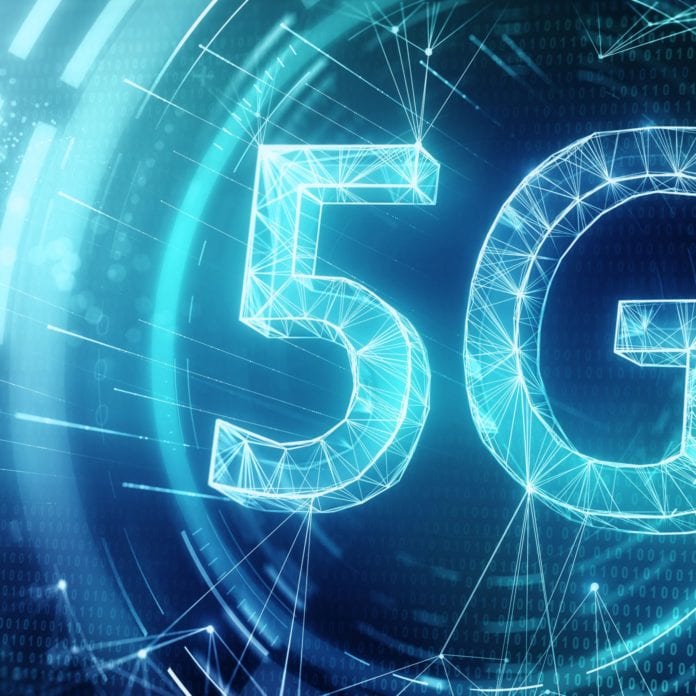The majority of 5G networks that are available today are non-standalone (NSA), which means they leverage existing 4G infrastructure. This is partly why they are often framed in the media as a luxury rather than a necessity. These networks produce faster speeds and lower latency than experienced on 4G networks and are designed to power enhanced mobile broadband (eMBB) use cases. This includes ultra-high definition video streaming and seamless cloud gaming, which are essentially enhanced versions of existing mobile technology.
However, it’s time our perception of 5G changed. We need to think beyond the smartphone and the often-touted consumer streaming applications, towards the many other devices or machines that 5G will enable. Once 5G’s capacity, resilience and lower latency become universal, we will see that it will be critical to entire industries and classes of applications, and we’ll wonder how we ever lived or worked without it.
We will reach that point with the advent of 5G standalone (SA) networks. These new networks – offering gigabit speeds, ultra-low latency, and seamless integration into local cloud computing infrastructure – can work independently of 4G infrastructure. But crucially they contain a new cloud-native 5G core. 5G SA networks will see core computing power pushed closer to the edge of the network, helping to drive down latency and improving reliability.
This evolution of 5G will enable a much wider range of use cases, such as truly immersive AR & VR environments, ultra-reliable low-latency communications, and massive-machine type communications, which can be used to power a wide range of business and consumer services. Carriers such as Telstra, T-Mobile, Vodafone, Rakuten and Etisalat have already announced that they are working on 5G SA networks.
5G-enabled services
We can expect a number of use cases from 5G NSA networks. But it’s also important to look beyond these networks to the possibility of what ‘true 5G’ – 5G SA – will bring. In addition to the consumer apps and services focussed on entertainment and remote learning and work, perhaps the most important 5G services will be the next phase of the industrial revolution, dubbed ‘Industry 4.0’. Our future economic prosperity may well depend on the success of the Industrial Internet of Things (IIoT) and smart factories. 5G will power sensors that can create more efficient production lines, monitor stock in real-time and improve all levels of logistical operation. For that to happen though, these devices also all require a highly resilient and stable connection – and that means 5G SA.
Equally, and perhaps most pertinent to our current circumstances, is telehealth and the improvement of collaboration tools. While remote health consultations have been around for a while, telehealth vendors are reporting a year’s worth of traffic on their platforms in the space of a month during global lockdowns.
But even after the pandemic subsides, telehealth services could become commonplace as people will have more confidence in how effective and convenient virtual medical services can be. To ensure these services continue to be used in a wide range of diagnoses, the experience needs to be seamless. That requires video calls in the highest definition possible, low-latency networks, as well as the incorporation of remote biomedical sensors into handheld devices, communicating instantly between doctor and patient. Our current cellular networks have done all they can to get us to this point, but 5G will be what enables these scenarios to be realized at a scale and efficiency like never before.
Adapting to the ‘new normal’ of networks
It would be remiss to discuss how COVID-19 might familiarize us with the idea of telehealth, without also discussing how the pandemic could lengthen 5G’s deployment as well. The carriers have claimed rollout is still going ahead largely as planned, but with lockdowns still in place many of us are seeing our connectivity needs met by our home broadband. And while 5G would be an improvement, 4G networks augmented by fixed broadband are often fast enough to facilitate things like video calls which we’ve come to rely on for staying in touch. This means we may see less focus on 5G in the short-term, and 4G will remain an important connectivity service for a while longer.
That isn’t to say we can afford to lose sight of how much of a necessity 5G will become. What will be critical in the coming months is flexibility. As the situation varies between countries, and sometimes even cities, all networks need to be adaptive. Deploying a network featuring artificial intelligence, machine learning, and advanced analytics creates a more flexible architecture that can intelligently identify congestion hotspots. This ensures the network can be optimized to maintain the quality of experience. Best of all, these necessary changes are made automatically by the software.
It is this functionality that will provide the platform for 5G’s real benefits to emerge, but to get all this right will take time, continued investment and innovative thinking. We have an opportunity now to focus in on these aspects while our connectivity demands are in flux. The goal has to be for our enterprises, our organizations, and all of our “things” to be able to leverage true 5G SA technology to enable a future of seamless, ubiquitous connectivity.

